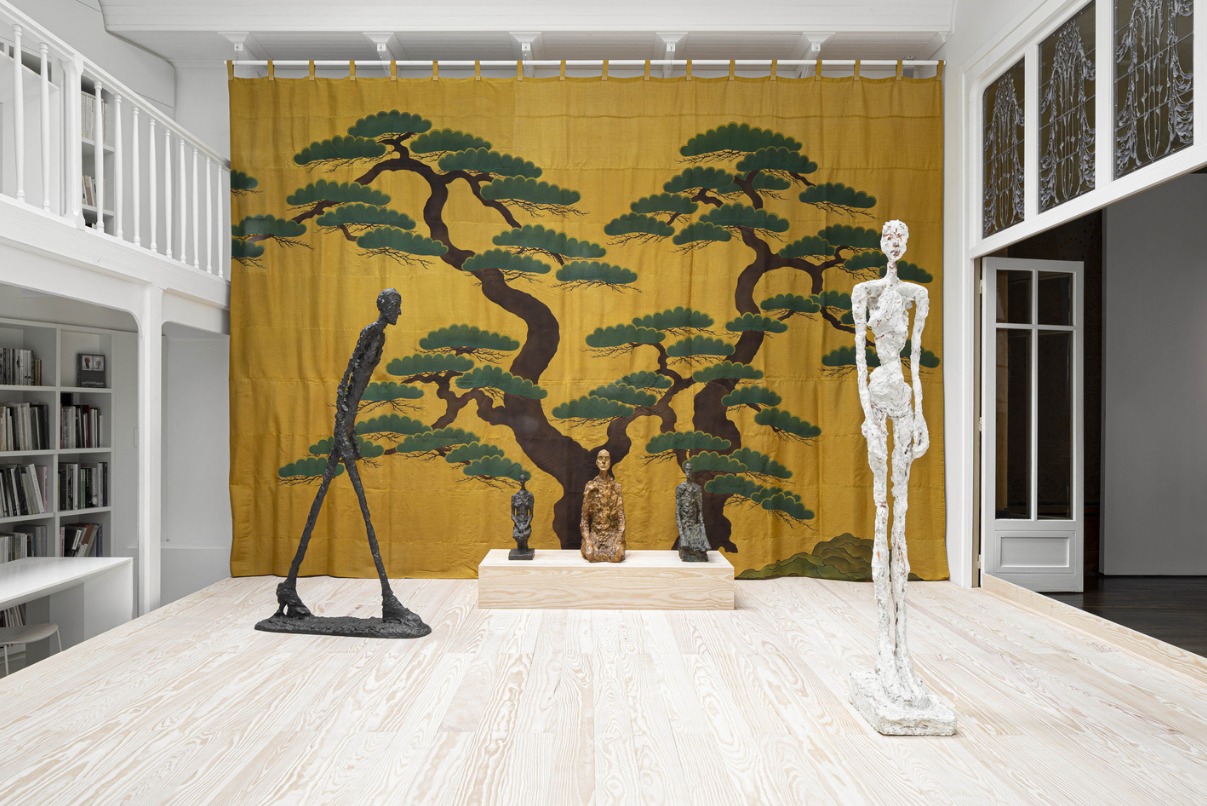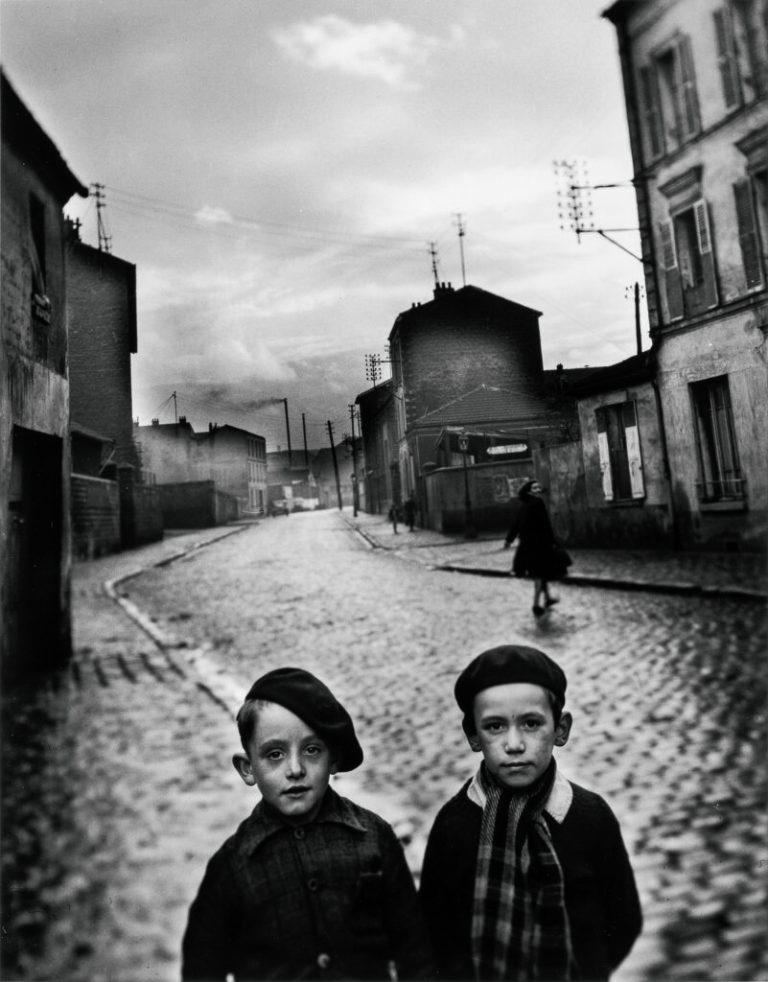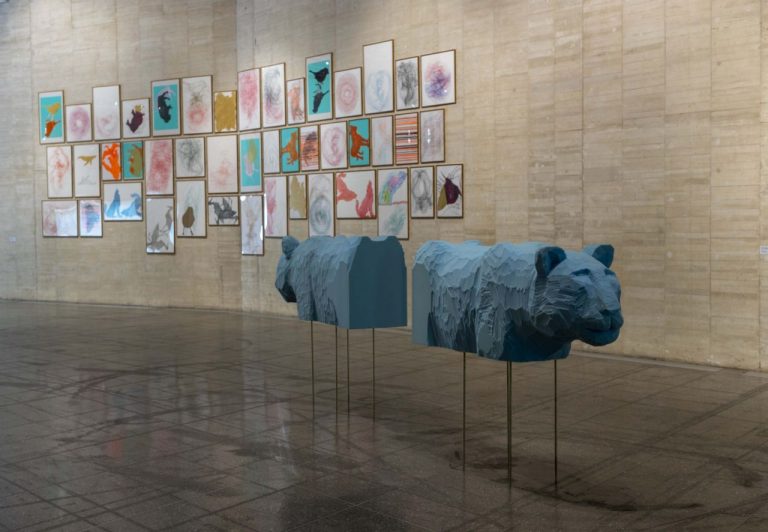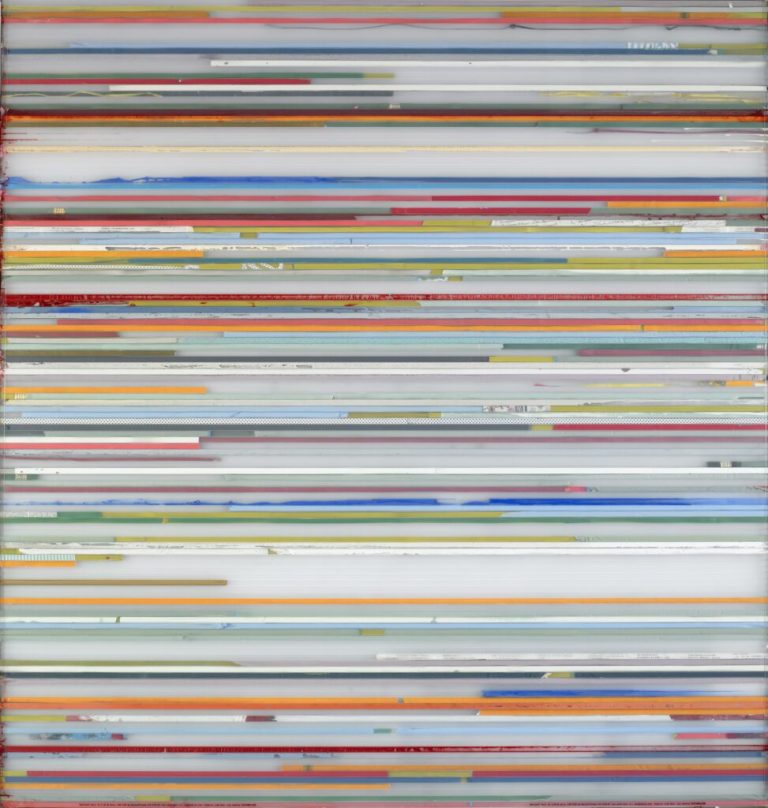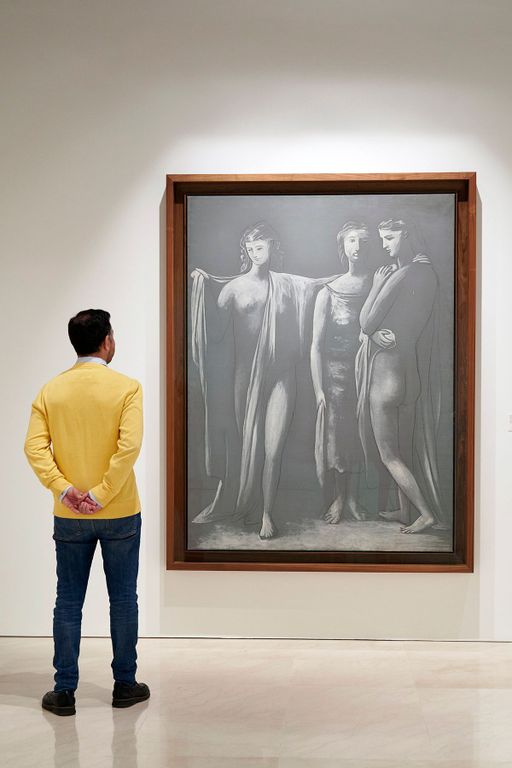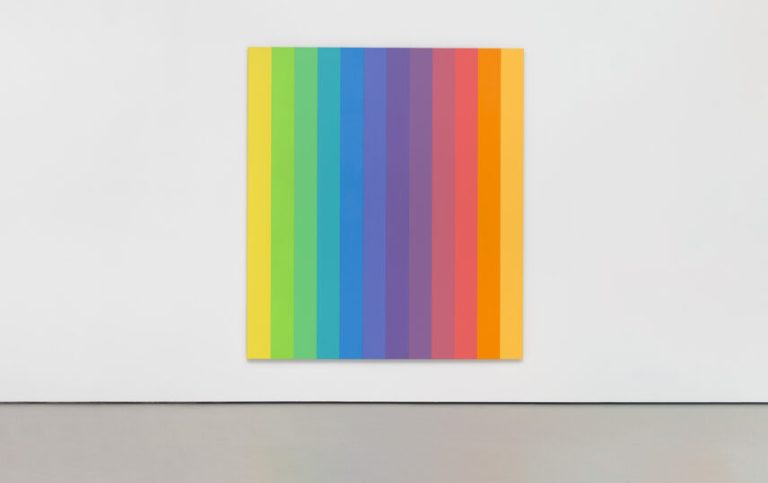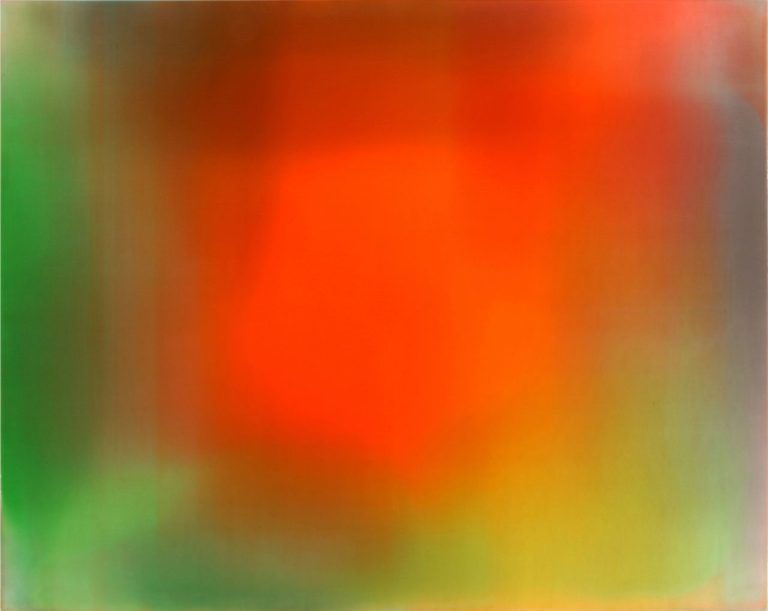Paris,
More than a decade ago, in 2013, the MoMA in New York commissioned photographer Hiroshi Sugimoto to carry out a project around its sculpture garden, which brings together some essential works of this discipline in contemporary times. The Japanese artist accepted it, deciding to approach this proposal adopting the blurry approach usual in many of his works dedicated to architecture, and among the first pieces that caught his attention was one by Alberto Giacometti, filiform like so many of his, which clearly expressed a way extreme of treating his motif, like the one he seeks to bring to his compositions. Sugimoto detected in it certain connections with oriental creations; Indeed, one of the Swiss's sources of inspiration.
When Sugimoto photographed this work at different times, in the morning and at dusk, and compared the results, they reminded him of the characters in the theater. noh Japanese, which refers to dead souls returning to life and becoming visible. This type of dramatic pieces are usually articulated in two parts: in the first (maejite), the deceased take on human form and mourn their disappearance; in the second (nochijite), the ghosts of the dead perform a sad dance, grieving because they cannot find rest in their grave. In any case, in this type of performances on stage, the interpretive talent of the actors is as important as the imaginative capacity of those spectators when it comes to the audience enjoying a good experience.
When photographing Giacometti's sculpture, Sugimoto explained that he had the impression of contemplating a drama of these characteristics, so linked to the idiosyncrasy of his country, in which the past is reborn as the present. And that perspective can also be perceived in other photos that he took in the same MoMA garden.
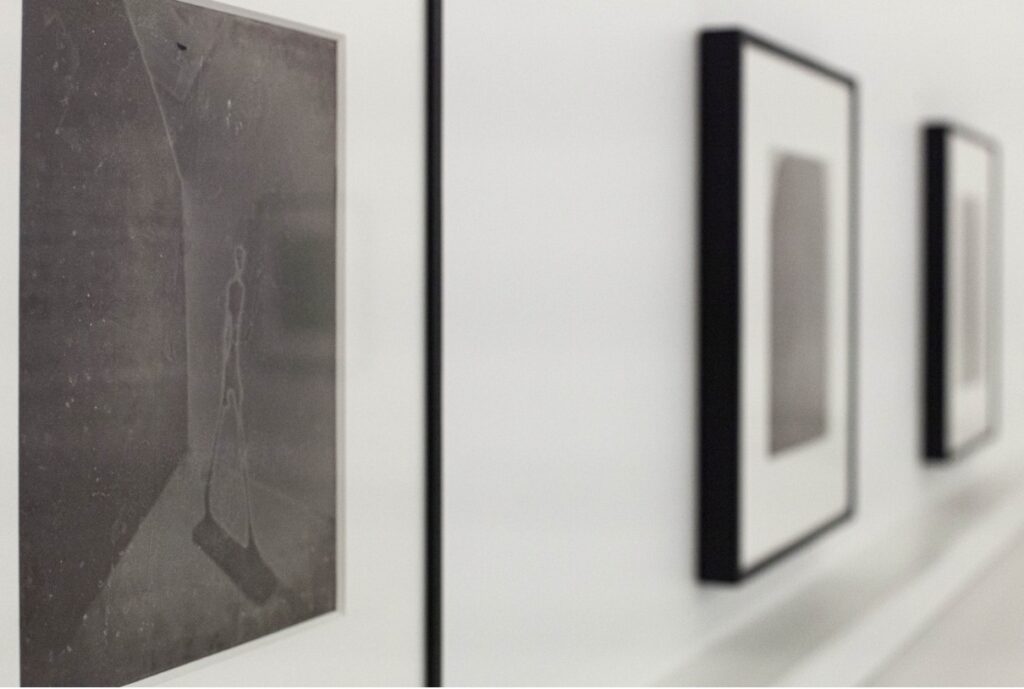
That episode is the origin of the exhibition that we can currently visit at the Institut Giacometti in Paris: “En scène” establishes links between the real and the only apparent through sculptures by the author of The man who walks and images by Sugimoto, and represents the first opportunity to see in Europe four works belonging to the latter's series Past Presence (2013 – 2016), along with a set of polaroids taken between 2013 and 2018; Eight of these photographs were donated by Sugimoto to this institution in 2019.
It was 1955 when Giacometti met the Japanese philosopher Isaku Yanaihara, and that meeting had a decisive influence on his later studies on the representation of the human figure. In paintings, sculptures, sketches on large sheets of paper or scribbled on newspapers, this Japanese thinker was a recurring (almost exclusive) model in the compositions that the artist carried out between 1956 and 1961; We also know that the sculptor, together with his wife Annette, made an effort to get to know the community of that country residing in the French capital and that they attended theater shows kabuki and noh which launched the Théâtre des Nations, which had just started (in 1957). Something in those works connected with the desire for stripping, lengthening and reduction that he managed.
Sugimoto's interest in the culture of his own country requires no explanation, but it is worth highlighting the depth of his commitment: in 2017 he founded the Odawara Art Foundation, based in that same city and dedicated to the promotion of contemporary forms of performance; In his latest exhibitions he has been incorporating historical objects and Japanese documents from his own collection; and two years ago he produced and filmed theatrical performances of noh at Himeji Castle, four extracts from which can now be seen in Paris. Fed by Shinto and Buddhist traditions and popular festivals, the current codification of noh It dates back to the 15th century and is based on simple elements: a bonze immersed in a journey, a bridge, a dream. The bonze crosses the bridge and frees himself from the limitations of time as we conceive it to enter the kingdom of shadows; The masks worn by the actors serve, according to their beliefs, to summon the spirit of the deceased. “En scène” tries to reconstruct, in fact, a scene noh: five sculptures by Giacometti have been placed next to a curtain whose ornamental pattern of pine trees was devised in the 16th century by the painter Tosa Mitsunobu, who in turn was based on the trees near the sanctuaries where these representations took place in the beginning.
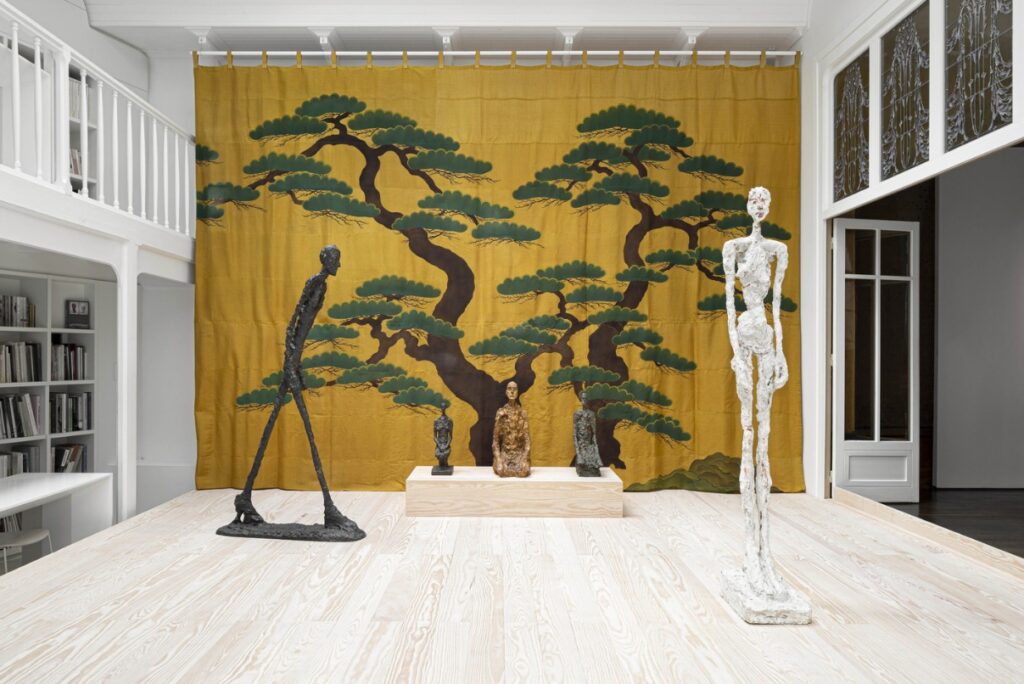
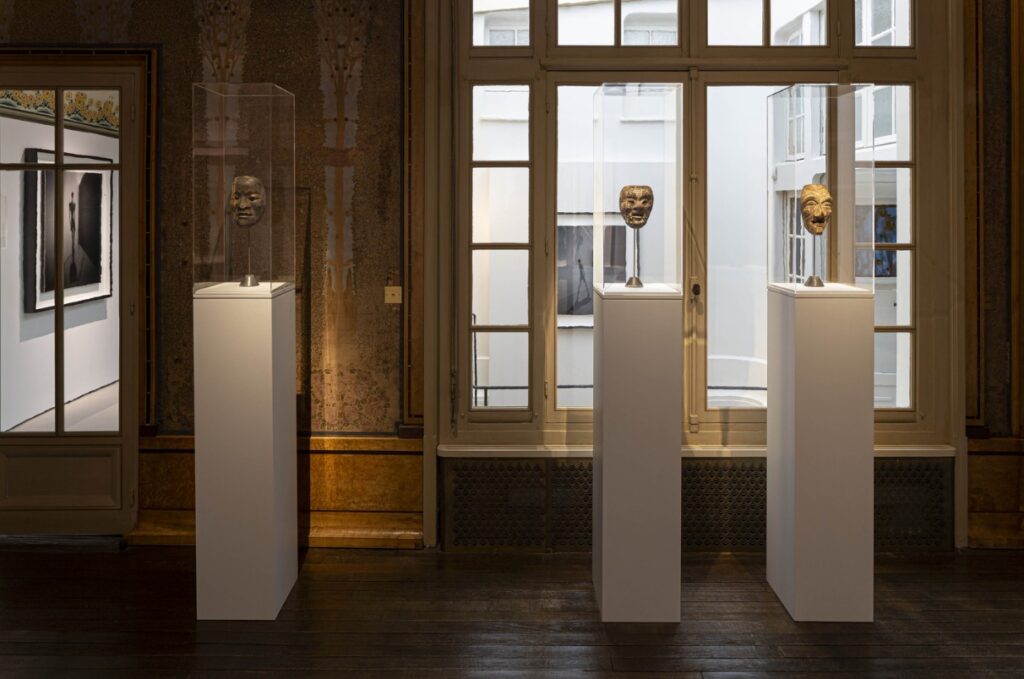
Speaking of masks, we must remember that, fascinated by the precision of the portraits of northern European painters in the 15th century, Sugimoto carried out many photographic works of this genre based on wax models from Madame Tussaud's. The use of solarized negatives allowed for ghostly impressions. But on other occasions, and this exhibition will be the first time we can verify it, he also worked from himself or those close to him in that sense.
Like writers who were friends of Giacometti, including Jean Genet and Sartre, this artist interprets his sculptures as apparitions and connects the fragility of their silhouettes with the singularity of the bronze surfaces that seem eaten away by time. The pieces on which he has chosen to focus are among the most emblematic that he carried out in the 1950s and 1960s: Great womandescribed by Giacometti himself as the sculpture elevated to its highest format, and Walking Man I, real scale; On the stage recreated at the Institut Giacometti, both appear to us as the very essence of all human existence beyond time. On the other hand, and referring to the musicians noh kneeling, half-length figures emerge in the background, as if they came straight out of an Egyptian tomb; one of them is Bust of a seated man (Lotar III)a work from 1965 that stands out for its dramatic intensity, for Eli Lotar being one of his latest models and for the confusing fusion between the organic and the mineral.
We will also see drawings in pen by the Swiss, on multiple supports of a more or less spontaneous nature: fragments of tablecloths, invitations, envelopes, newspapers… Drawing was for Giacometti an opportunity to reflect and study past projects, but also an opportunity to recapitulate. Standing women, walking men, heads, still lifes, portraits of his models… testify to an uninterrupted flow of creation that attended to all the stages and moments of life.
And the exhibition did not want to fail to show the images by which almost everyone recognizes Sugimoto: his Seascapes (Seascapes), timeless photographs in which sky and sea are superimposed according to often minimal variations, a challenge for the attentive observer. The joint exhibition of Grande Femme IV by Giacometti, one of his works for his unfinished proposal at Chase Manhattan Bank, and his 1996 composition Baltic Sea, Rugenin large format, fundamentally proposes a contemplative exercise around the almost incorporeal essential.
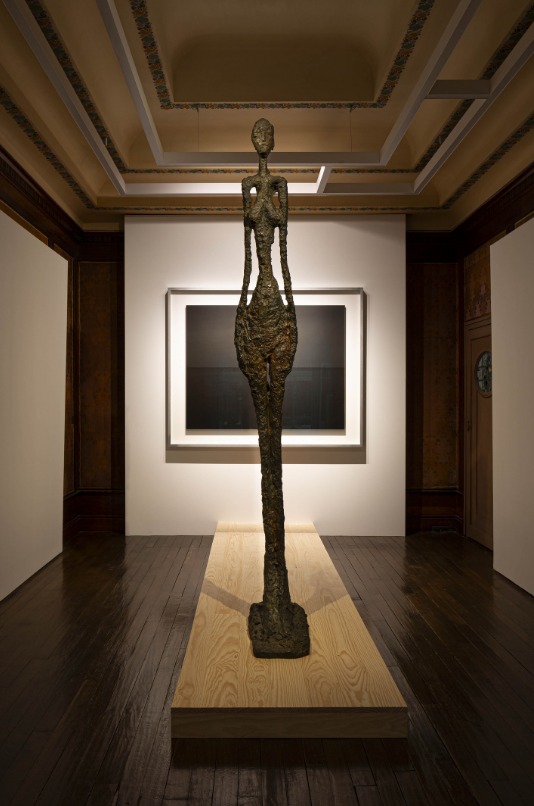
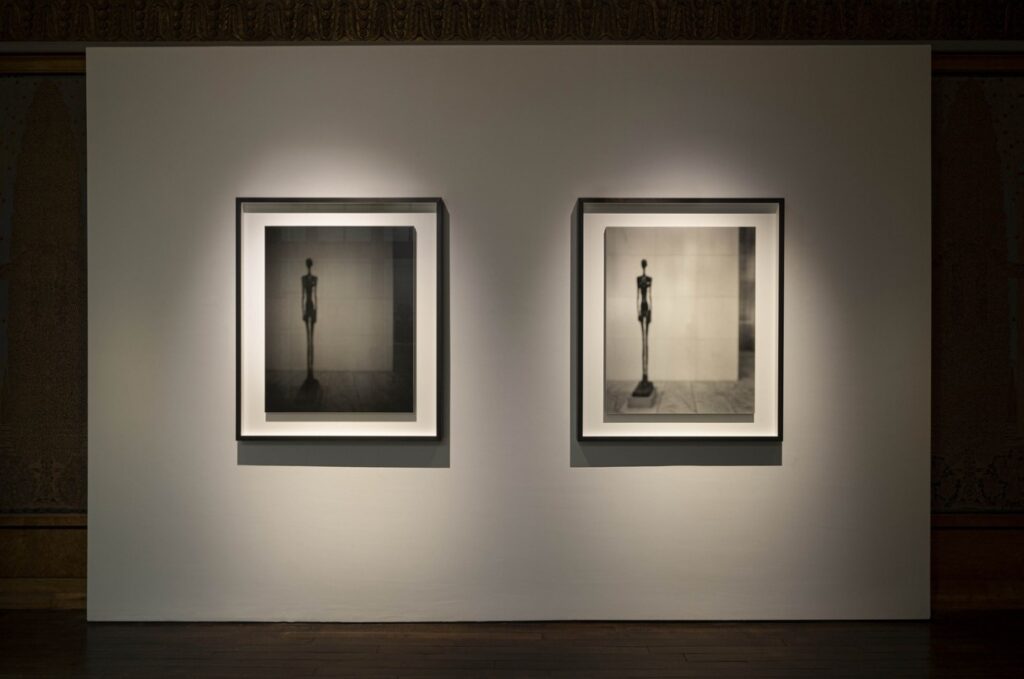
Giacometti/Sugimoto. “On scene”
GIACOMETTI INSTITUTE
5 Rue Victor Schoelcher
Paris
From April 5 to June 23, 2024

